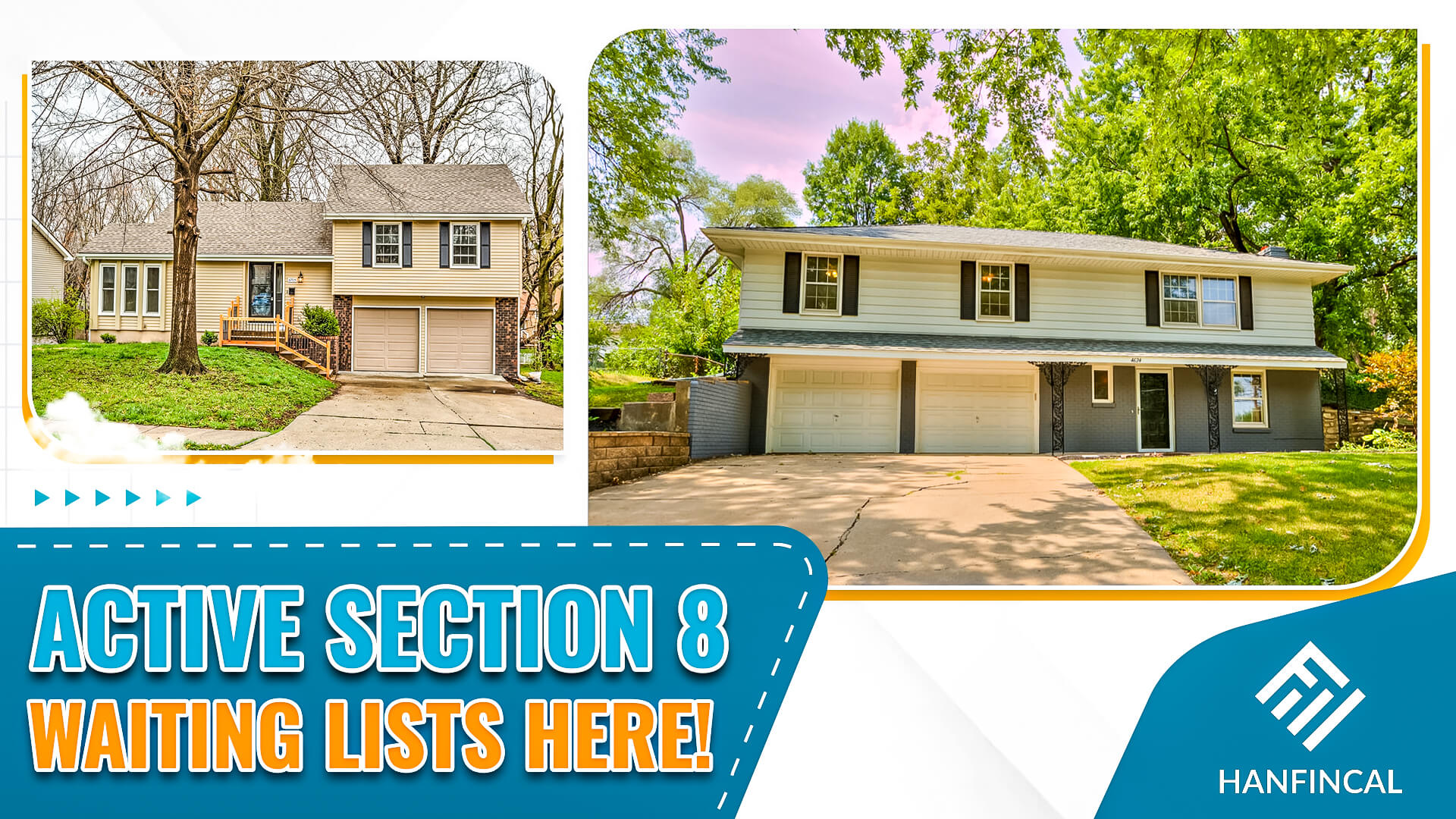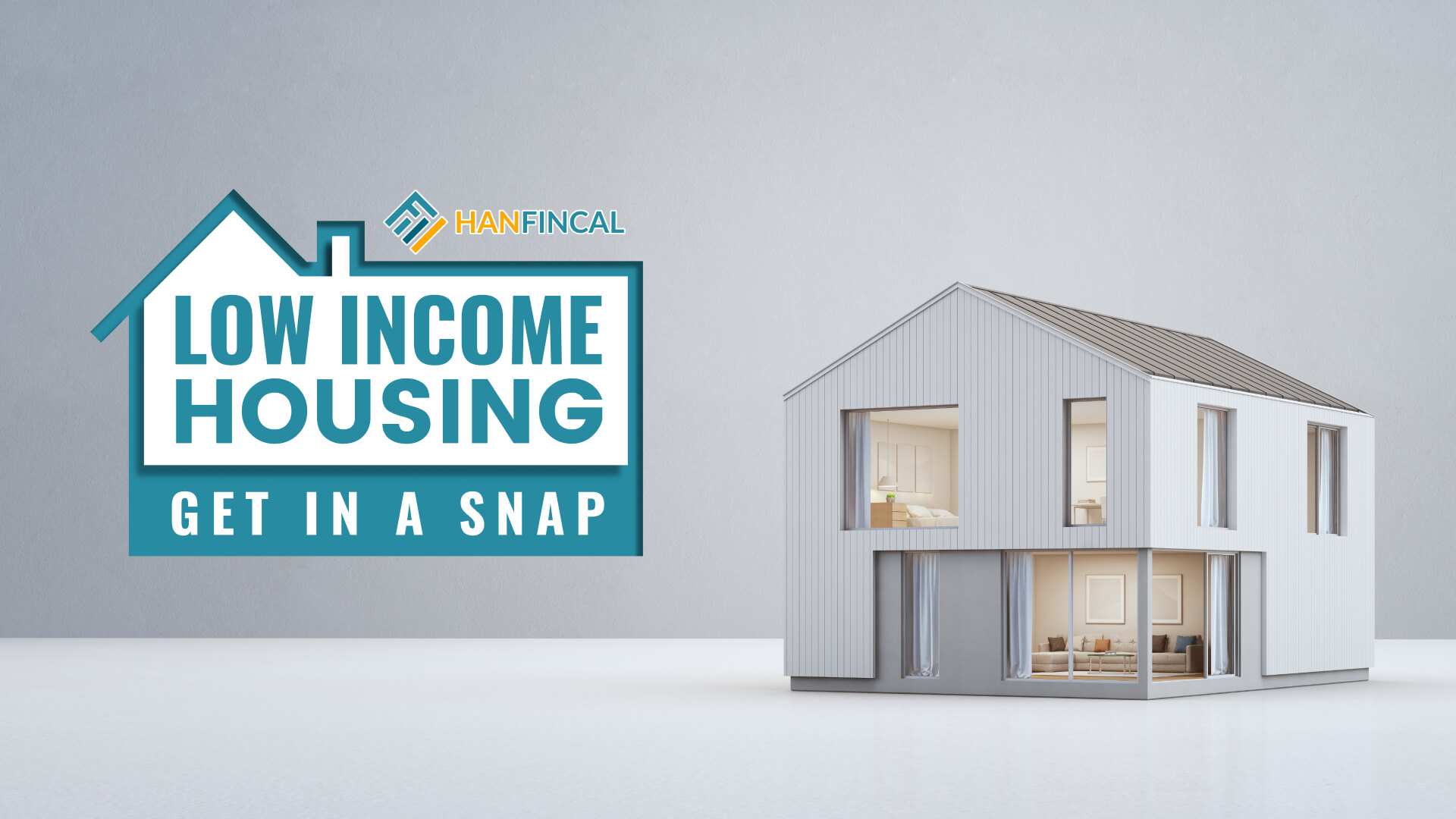Are you a first-time homebuyer? It is a long and challenging journey to prepare for your first one. We understand, so we’ve put together a list of buying steps and programs to help you get started. Do not let financial difficulties prevent you from purchasing your first dream home. Hanfincal stands by you and removes all of those impediments. Are you ready to join us on our journey to becoming the new owner of your own home? Let’s begin.
1. The first-time homebuyer advantage
One aspect of the American dream is to own a home for themselves; thus, the government facilitates the purchase of the first one with appealing benefits.
The typical first down payment amount required is around 20% of the home’s purchase price. Is that too much for you and a massive burden on your shoulders? Here are some appealing benefits to which you should pay attention when looking to buy your first home:
- Low or no down payment.
- Grants or forgivable loans for closing costs.
- Down payment assistance. It is available in three forms: a non-repayable down payment grant, a forgivable loan, and a deferred-payment loan.
- Federal tax credits.
- You can access state programs, tax breaks, and federally backed loans with a first-time homebuyer role.
- Be approved with a lower credit score.
First-time home buyer mortgage loans are intended to assist regular people in overcoming the initial barriers to homeownership.
So, who exactly are first-time homebuyers? They are people who meet any of the following criteria, according to the U.S. Department of Housing and Urban Development (HUD):
- A person has not owned a primary residence for three years. If you’ve previously owned a home, but your spouse hasn’t, you can buy a home together as first-time homebuyers.
- A single parent previously owned a home with a former spouse.
- A divorced homemaker has only had one spouse.
- Under applicable regulations, a person has only owned a primary residence that has not been permanently affixed to a permanent foundation.
- A person has only owned a property that did not comply with state, local, or model building codes.
2. First time home buyer process

First time home buyer process
2.1. Find a home
The first step in embarking on your fascinating journey is to find a suitable home. So, which one is the best? Draw a portrait of your ideal home in a notebook or your head. Examine all homes that fit your budget, needs, and desires.
These criteria may be helpful to you in completing the task outlined above:
- First, assess your financial situation. How much a down payment rate can you afford for a house? This task aims to help you know and understand what is affordable for you, allowing you to move on to the following standard.
- Second, determine what you require. This means that you should look for a house with the minimum size, structure, and design you and your family require. For example, if you’re looking for a home for a family of four, you’ll need a living room, a bathroom, a kitchen, and at least two bedrooms.
- Finally, based on the first step, if your financial situation is sound enough, let’s begin looking into the specifics of the house you want. For example, instead of choosing a home with two bedrooms for a family of four, you can choose a place with three or four bedrooms if your financial situation allows.
Where to look for a house:
Make use of all available options for finding available homes on the market, which can include:
- Make use of your real estate agent.
- Look for listings on the internet.
- Drive around neighborhoods that interest you, looking for for-sale signs.
Some words of advice when looking for a home:
- Don’t go to an open house without an agent. You can see how dealing with a seller’s agent before contacting your own may not be in your best interests.
- If you’re on a tight budget, look for homes that have yet to reach their full potential. What exactly does this mean? Even if you can’t replace the hideous wallpaper in the bathroom right now, you might be willing to put up with it for a while in exchange for moving into a more affordable place. If the house meets your requirements regarding the big things that are difficult to change, like location and size, don’t let physical flaws turn you off.
If you haven’t found a suitable home yet, save as much rent as you can first. Try applying for a Section 8 housing voucher to receive rental assistance while you wait to find a good home.
2.2. Consider your financing options, then secure financing
The downpayment rate is the number one concern of first-time buyers. We think you are not an exception. Many first-time homebuyer assistance programs require as little as 3% to 5% down (rather than the standard 20% as usual), and a few require no down payment at all. Ensure that you have the best financing options to cover the downpayment you must pay. Please bear in mind the deal-breaker: it should account for 10% or less of your criteria and be reasonable within your budget range. For example, you cannot have three bedrooms on a budget that only allows for two. Here are a few you should not overlook:
- Your IRA. What can you do with your IRA? That is, every first-time homebuyer can withdraw up to $10,000 from their traditional individual retirement account (IRA) or Roth IRA no need to pay the 10% early withdrawal penalty (you still pay taxes with your traditional IRA). That means a couple could withdraw up to $20,000 ($10,000 from each account) for a down payment on a first home.
- Programs offered by your state. Many states typically provide financial assistance with down payments and closing costs and expenses to rehab or improve a property for qualified first-time homebuyers. However, not every first-time homebuyer is eligible for these programs; eligibility is determined by income and, in many cases, the size of the property’s purchase price.
- The HUD’s resource list. The government agency does make grants to organizations with Internal Revenue Service (IRS) tax-exempt status for funds designated for first-time homebuyers.
- Options for Native Americans. Section 184 loans are available to Native American homebuyers (1). This loan has a 1.5% loan up-front guarantee fee and a 2.25% down payment on loans over $50,000 (1.25% on loans under $50,000). Only single-family families (one to four units) and primary residences are eligible for Section 184 loans (2).

The first-time homebuyer advantage
2.3. Make an offer
Your real estate agent will help you in determining how much money you want to offer for the house, as well as any conditions you wish to impose. Your agency will then present the offer to the seller’s agent, who will accept or counter your offer. You can then receive or continue to negotiate until you reach an agreement or decide to quit.
If you get an agreement, you’ll make a good-faith deposit, and the process will then enter escrow. Escrow is a short period (usually around 30 days). That time is for the seller to remove the house from the market with the contractual expectation that you will buy it if you don’t find any significant flaws when you inspect it.
2.4. Have the home inspected
I’m sure no one wants to be stuck with a money pit or the headache of having to perform a slew of unexpected repairs in their new home, so this step is essential. Even if the home you want to buy appears to be in perfect condition, it’s still necessary to have a trained professional conduct a home inspection to ensure the quality, safety, and overall condition of your potential new home. If that home inspection reveals serious flaws that the seller did not disclose, you should be able to withdraw your offer and receive your deposit back. Alternatively, you can try to persuade the seller to make the repairs or reduce the selling price.
2.5. Close-or move on
If you can get an agreement with the seller – or, even better, if the inspection reveals no significant flaws – you should be able to close.
In the final stages of your purchase, these actions can be following:
- You may have to deal with and pay for having the home appraised.
- Ensure that no one other than the seller claims that property.
- Obtain a piggyback loan or private mortgage insurance if your down payment is less than 20% and complete mortgage paperwork.
Loan origination fees, title insurance, surveys, taxes, and credit report fees are additional closing costs.
3. First-time homebuyer programs
3.1. FHA loan
- Strengths: Acceptance of credit scores as low as 500; 3.5% low down payment option.
- Weaknesses: Mortgage insurance; the home must meet FHA standards.
3.2. Fannie Mae’s Homepath Ready Buyer program
- Strengths: Potentially affordable home choices; low down payment requirements; and closing cost assistance.
- Weaknesses: Limited selections of properties; may require repairs; a homebuyer class.
3.3. Energy-efficient mortgage (EEM)
- Strengths: Ability to make upfront energy-efficient improvements with no additional down payment or need to requalify.
- Weaknesses: Mortgage payments will be higher; an energy assessment will be required and adhering to loan requirements for upgrades.
3.4. VA loan
- Strengths: 100% financing; no mortgage insurance.
- Weaknesses: Funding fee; only for honorably discharged eligible military members.
3.5. FHA 203(k) loan
- Strengths: Low down payments, a single mortgage payment, and the ability to finance more expensive improvements.
- Weaknesses: Repairs are limited to $35,000; mortgage payments are higher.
3.6. Good neighbor next door
- Strengths: a 50% discount off the list price.
- Weaknesses: Borrowers in certain public service professions are restricted; properties are limited, and a longer-term commitment is required.
3.7. Native American direct loan
- Strengths: No down payment and mortgage insurance are required, and closing costs are minimal.
- Weaknesses: Requirements for eligibility; funding fee.
3.8. Fannie Mae or Freddie Mac
- Strengths: 3% down payment.
- Weaknesses: Require at least 620 credit score, and require private mortgage insurance (PMI) if the down payment is less than 20%.
3.9. USDA loan
- Strengths: No down payment; lower credit score requirements (640 is typical).
- Weaknesses: Only available to buyers in specific areas; guarantee and annual fees.
3.10. State and local first-time homebuyer programs and grants
- Strengths: Down payment; closing cost assistance, as well as lower-interest mortgages.
- Weaknesses: Income restrictions; a buyer education course is usually required.
Thereby taking advantage of the government and nonprofit organizations’ financing options and financial assistance programs, a first-time homebuyer can reduce the downpayment rate and many other hidden costs. If you are still unsure about these programs, subscribe to HanFincal, and we will handle the rest for you.
==> Read More:




